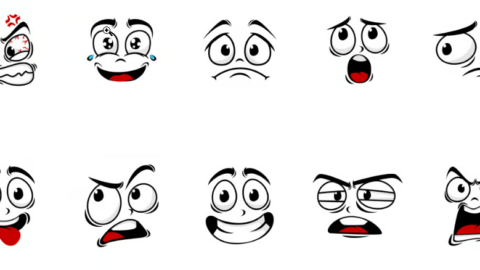
User Interface (UI) and User Experience (UX) design are critical aspects of modern digital product development. But where does UIUX come from? To understand the roots of UIUX, we must explore the history of both fields, their evolution, and their convergence into the essential discipline we know today.
The Origins of User Interface (UI) Design
The concept of User Interface design dates back to the early days of computing in the 1960s. At that time, interaction with computers was primarily through text-based command lines. The need for a more intuitive way to interact with these machines led to the development of graphical user interfaces (GUIs).
The Birth of GUI: The first major breakthrough in UI design came with the development of the Xerox Alto in the 1970s. This computer introduced the first GUI, featuring windows, icons, and menus—elements that are still fundamental to UI design today. Apple and Microsoft later popularized GUIs in the 1980s with the release of the Macintosh and Windows operating systems, respectively.
Evolution of UI Design: Over the years, UI design has evolved significantly. From the monochrome screens of early computers to the high-definition, touch-sensitive displays of modern smartphones and tablets, UI design has continuously adapted to new technologies and user needs.
The Emergence of User Experience (UX) Design
While UI focuses on the look and functionality of digital interfaces, UX design encompasses the overall experience users have with a product. This field considers factors like usability, accessibility, and satisfaction.
Early Concepts of UX: The term “User Experience” was popularized by Don Norman in the 1990s while he was working at Apple. However, the principles of UX design can be traced back much further. Henry Dreyfuss, a pioneer in industrial design, emphasized user-centric design in his 1955 book “Designing for People,” which laid the groundwork for modern UX practices.
Growth of UX Design: As technology advanced, the importance of UX design became more apparent. The rise of the internet in the 1990s and the subsequent explosion of web-based applications highlighted the need for products that were not only functional but also enjoyable to use. This period saw the formalization of UX as a distinct discipline, with professionals specializing in understanding user behavior and optimizing interactions.
The Convergence of UI and UX Design
Today, UI and UX are often referred to collectively as UIUX, reflecting their interconnected nature. While UI design focuses on the interface and visual elements, UX design ensures that the overall user journey is seamless and satisfying.
The Importance of UIUX in Modern Design: In the current digital landscape, UIUX design is more critical than ever. Companies recognize that a well-designed user interface coupled with a positive user experience can significantly impact customer satisfaction, brand loyalty, and overall success. Consequently, there is a growing demand for professionals skilled in both UI and UX design.
UIUX in Practice: Modern UIUX designers use a variety of tools and methodologies to create and test their designs. Techniques such as wireframing, prototyping, user testing, and iterative design processes help ensure that the final product meets the needs and expectations of users.
Conclusion
Understanding where UIUX comes from involves tracing the development of user interface and user experience design from their early beginnings to their current status as essential components of digital product development. As technology continues to evolve, so too will the practices and principles of UIUX design, ensuring that users have the best possible interactions with digital products.
By appreciating the history and evolution of UI and UX, we can better understand the importance of these fields and their role in creating intuitive, enjoyable, and effective digital experiences.
posted by Emad Zedan on 17 Jul 2024 in Design, UX/UI Design, Web Design

